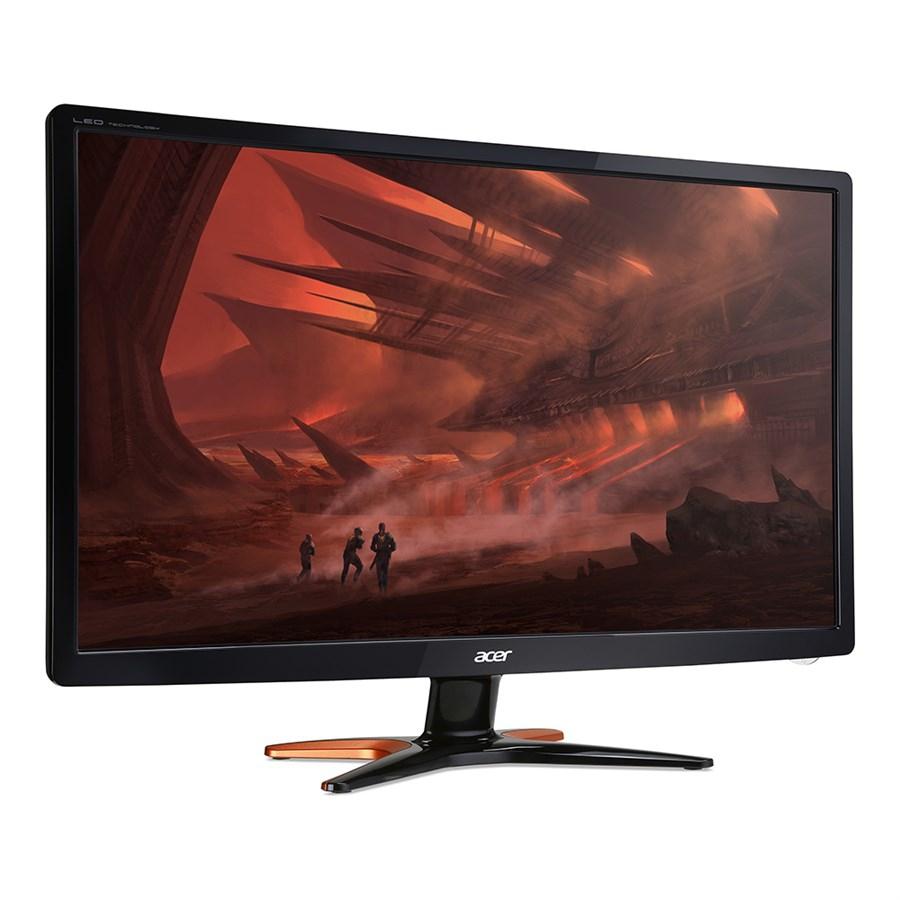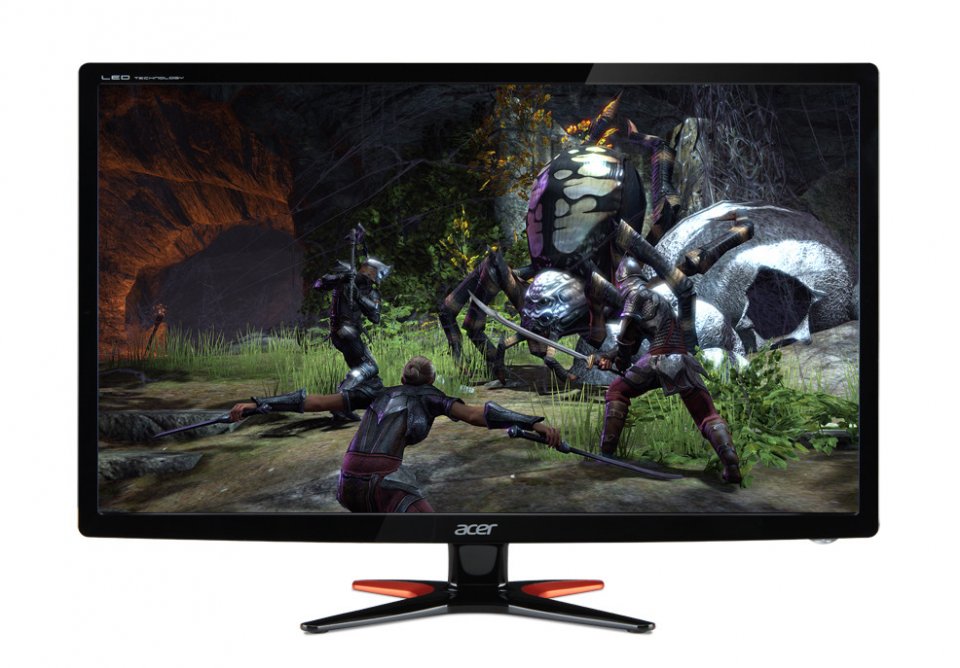

- Acer gn246hl driver windows 10 serial#
- Acer gn246hl driver windows 10 drivers#
- Acer gn246hl driver windows 10 update#
- Acer gn246hl driver windows 10 download#
New posts New profile posts Latest activity.
Acer gn246hl driver windows 10 drivers#
– Почему.ĭownload Acer Support Drivers and Manuals.Acer GNHL Driver and Firmware Downloads
Acer gn246hl driver windows 10 download#
– Acer GNHL Drivers Download | Acer Drivers
Acer gn246hl driver windows 10 serial#
Download Acer support drivers by identifying your device first by entering your device serial number, SNID, or model number. I am running 2 Acer GNHL and they are amazing.


Acer gn246hl driver windows 10 update#
One thing specific to KDE5 is that you can also force the framerate to match the refresh rate, by editing ~/.No driver update necessary to achieve hz. But for now, forcing the refresh rate on this setting seems to be acceptable for ghosting-free and blur-free scrolling. The default value of "-1" is supposed to represent vsync, but for some reason this does not sync to the current refresh rate under Linux, i believe this may be a bug within firefox. Despite vsync not being supported, you may get a slight stutter once in a while, but over all this should look sharp without any ghosting or blurring. This setting over ride should also make the ghosting/blur tests available at work just as perfectly as in Windows. In my case, as i wanted to use the lightboost feature with 120hz, i set this value to 120.Īfter restarting firefox, this should give you the crystal clear sharpness that is present on Windows when scrolling documents. Search for "ame_rate".įorce this setting to whatever your chosen refresh rate is. I was getting horrific blur/ghosting when scrolling any web page, and found a solution by forcing the refresh rate. Now there are some other tweaks you will have to make. Note, that only 100hz and 120hz are supported by lightboost.įeature x0b - Color temperature incrementįeature x20 - Horizontal Position (Phase) You should now be able to launch nvidia-settings, and see these refresh rates: Make sure you don't have any other *.conf files in /etc/X11// and neither an /etc/X11/nf, as this single nvidia related file is all that is needed to get lightboost working with nvidia's proprietary driver.

Note the last few lines where it states DVI-D-0, you may have to change this to whatever your monitor is labelled as, this will depend on the type of cable you are using, but should be at least a DVI name when wanting to use lightboost. Option "CustomEDID" "DVI-D-0:/etc/X11/EDID.bin" Skip this part if you want to, as it's not neccesary to configure the monitor in X11 if you wish to use the EDID file contained in this repository.Īs for the previous paragraphs, with the link to custom modelines as example for 120hz Once i had followed this, i decided to dump the EDID.bin from within Windows after configuring lightboost so that i could use it within X11 on Linux, so things are "like for like". (see "Alternate LightBoost HOWTO #3: ToastyX Custom Resolution Utility") I followed the guides here relating to windows Now whilst this worked, i had also connected a Windows10 HDD, to see how it "should" be performing as a monitor. I could not seem to enable it, and the OSD display within the monitor had this option greyed out.Īfter countless hours of searching online, i came across some useful information from here: įollowing this guide enabled lightboost on my monitor and also gave access to 100 / 120 / 144hz refresh rates within nvidia-settings. Initially, i had some problems figuring out lightboost. I ended up getting one of these on a whim, as my previous monitor decided to die. The Acer GN246HL monitor is advertised as here: I have spent hours searching the web in order to setup this monitor within Linux, and hope that i can save some other peoples time by writing up my findings, and solutions. Some information about using an Acer GN246HL monitor on Linux with nVidia lightboost.


 0 kommentar(er)
0 kommentar(er)
